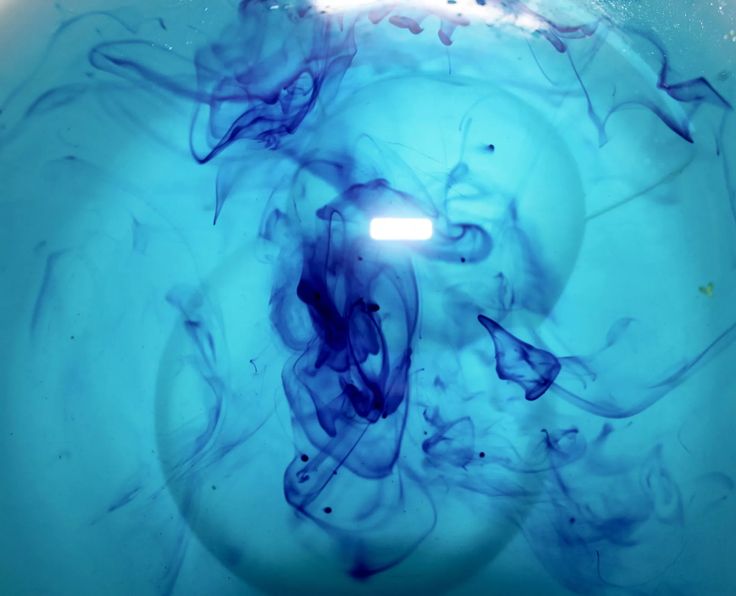
In the era of social media, where health trends rise and fall with the tide, methylene blue has emerged as a standout contender, finding its way onto platforms like Instagram and YouTube. Notably, figures such as Robert Kennedy have highlighted its benefits, even famously advocating for its use in everyday travel. But what’s all the fuss about? Let’s delve into the fascinating history and medicinal properties of methylene blue.
A Journey Through Time: From Textile Dye to Medical Breakthrough
Methylene blue first appeared on the scene in the 1870s, originally utilized as a textile dye. Its transition into the medical field marked a revolutionary moment, particularly with its role as the first anti-malarial drug. The discovery of its derivative, hydroxychloroquine, later gained attention for its potential in treating COVID-19. Methylene blue is packed with properties that go beyond its original use, portraying excellent anti-bacterial characteristics.
The Social Media Spotlight: Why Methylene Blue Is Trending
Today, methylene blue is being propelled into the limelight within the functional medicine community, primarily due to its profound effects on mitochondrial function. Mitochondria, the powerhouse of the cell, play a crucial role in aging, energy production, and overall bodily function. Adequate mitochondrial efficiency is essential to managing energy levels, but exposure to toxins, poor-quality foods, and harmful dyes can obstruct this process.
Mitochondrial Function and Energy: The Core of Health
Think of a home electrical cord—there is a need for an uninterrupted flow of energy. The electron transport chain (E.T.C) in our cells operates much like this. Methylene blue positively impacts this gradient by optimizing mitochondria, the hub of energy production within various tissue types such as the brain, heart, and muscle. Both brain and heart tissue are notably dense with mitochondria, making their health a priority. When mitochondria slow down, cellular trash accumulates, leading to oxidative stress and eventual tissue degeneration.
Addressing Cognitive Decline: A Glimpse into Dementia and Alzheimer’s
A notable area of research with methylene blue lies in its potential to combat cognitive decline. Studies focusing on its effects concerning dementia and Alzheimer’s disease show promising results. Methylene blue appears to target oxidative processes in the brain, particularly tackling the buildup of proteins and plaque which impair neuronal function. By clearing these obstructions, methylene blue helps rejuvenate mitochondria, reducing oxidative stress.
In terms of practical application, lower doses, particularly around 20 milligrams, have demonstrated significant improvement in memory recall and cognitive function among dementia and Alzheimer’s patients. While these findings stem from specific studies, they ignite hope for a broader beneficial impact across the body, emphasizing the need for optimal mitochondrial function.
Harnessing the Power of Methylene Blue
Methylene blue’s journey from a simple textile dye to a pivotal health component is impressive. By promoting efficient mitochondrial function, it paves the way for healthier, more energetic living. As research continues, methylene blue might break new ground, offering potential solutions for those seeking enhanced cognitive health and overall well-being. For anyone pondering how to boost their bodily processes in a meaningful way, methylene blue is a topic worth exploring.
In the fast-paced world of health and wellness, understanding and leveraging historical compounds like methylene blue might just be the key to fostering longevity and vitality.
